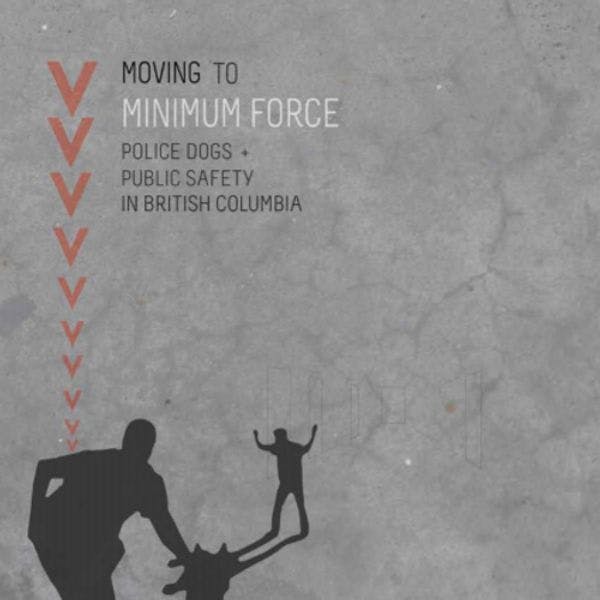Moving to minimum force - Police dogs + public safety in British Columbia
Over the past three years, Pivot Legal Society (“Pivot”) has interviewed dozens of individuals, including youth and their family members, who have been affected by Police Service Dog (PSD) bites. In some cases, a dog was deployed to track an individual during a police pursuit or after a crime was reported. In other cases, the person on the receiving end of the police dog bite was a member of the public “in the wrong place at the wrong time.”
At the time of writing, police dog bites account for almost half of all injuries caused by municipal police forces in the province. They are also responsible for more than twice the number of injuries to civilians than any other form of force used by police.
This report highlights that while while police dogs’ strength, speed, and sharp senses offer valuable assistance to officers in the field, these same qualities mean police dogs are capable of inflicting unparalleled physical injury and psychological harm.
It concludes that as a weapon, police dogs must be deployed with greater care than is currently the case. Officers must be aware of the presence of bystanders and maintain an appreciation for a suspect’s presumed innocence, and the need for proportionality when using force. Training techniques for PSDs and record-keeping practices must also be enhanced to reflect advances made in other jurisdictions. Finally, province-wide regulations restricting how and when police dogs can be used must be implemented immediately.
Keep up-to-date with drug policy developments by subscribing to the IDPC Monthly Alert.
